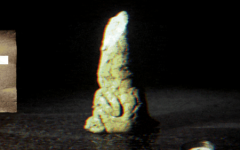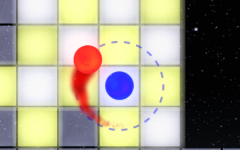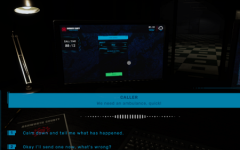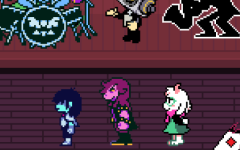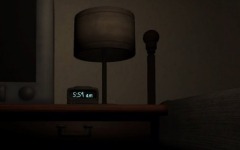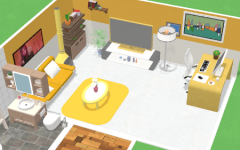Advertisement
Doors The Foundation
Advertisement
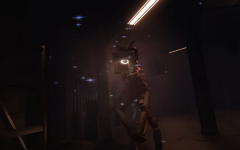
Doors The Foundation transforms the familiar door-by-door horror into something more methodical and calculated. Set in a massive underground structure, the game removes the comfort of chaos and replaces it with order that feels wrong. The walls are clean, the doors numbered, and the lights clinical—but nothing is safe. Every step feels permitted, every room too symmetrical. You’re not lost in a haunted space—you’re part of a system, one that records your movements and tests your reactions. It doesn’t feel abandoned. It feels active.
Unstable Rules in a Stable World
Where the original Doors relied on haunted spaces, The Foundation offers something colder. The entities that appear aren’t just supernatural—they behave like experiments. Some stalk you only when you’re weak, others react to specific player behaviors, as if learning from your actions. The layout shifts with purpose, and no encounter plays out the same way twice. You’re not just escaping threats—you’re trying to understand a system that keeps changing the criteria for survival. Puzzles, surveillance, and unpredictable sequences demand more than memory—they demand adaptability.
Not a Facility, but a Mind
As players progress deeper, scattered clues reveal that the facility might not be just a building—it could be alive in some way, responding to fear and thought. Monitors flicker with your own reflection, doors open when you hesitate, and some paths seem to close the moment you commit to them. The deeper levels offer no comfort, only the growing sense that you are being studied. In Doors The Foundation, horror doesn’t just chase you—it watches, waits, and changes based on who you are and how you think. The game isn’t about finding an exit. It’s about proving you deserve one.






















































































































